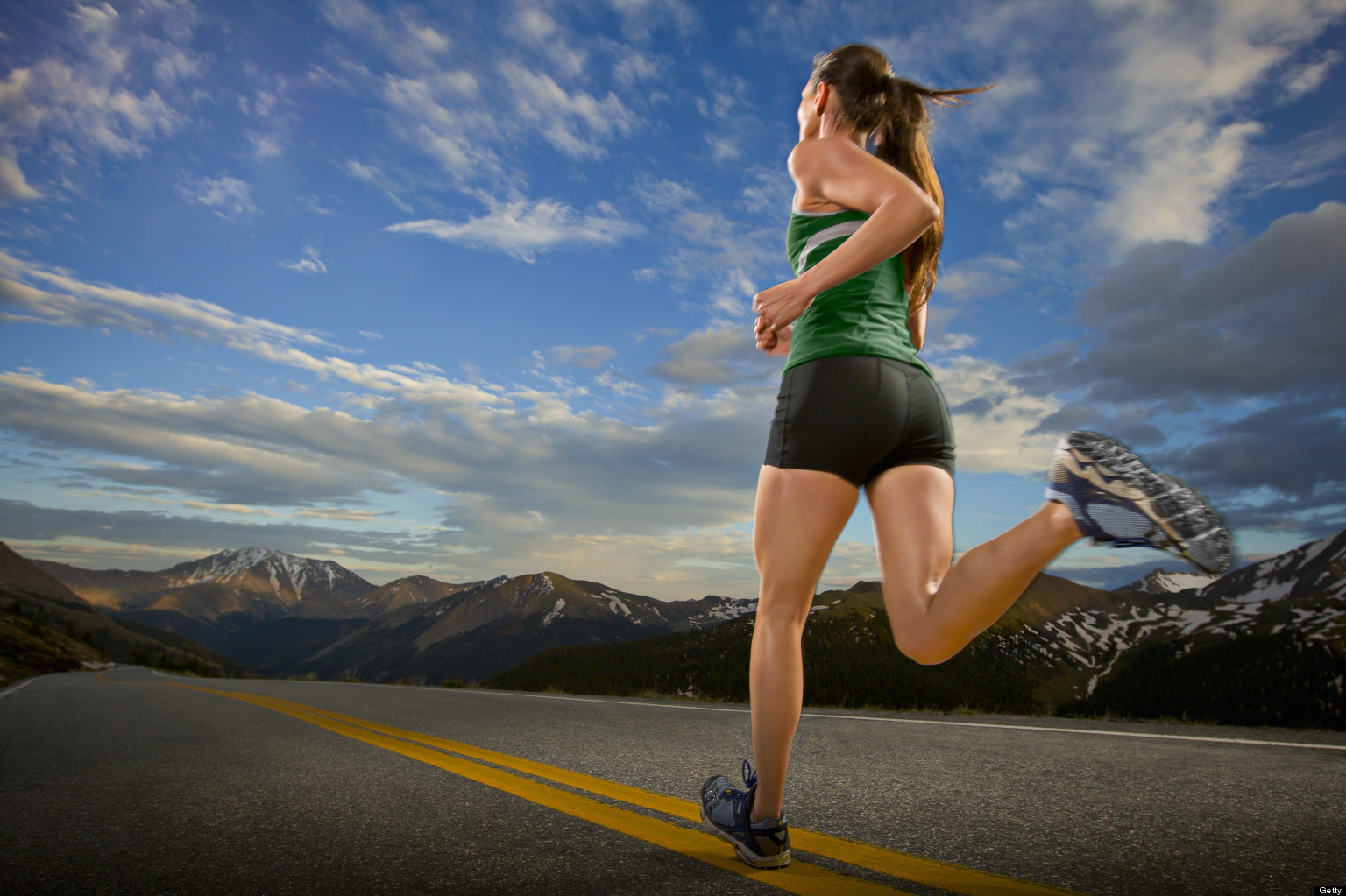Importance of healthy living
protein. carbohydrates and vitamins.
A healthy, nutritious and well balanced diet and a lot of physical activity are the foundations of healthy living. Healthy eating includes eating high-quality proteins, carbohydrates, heart-healthy fats, vitamins, minerals and water in the foods you eat. Eating fruit which contains a lot of fibre can help prevent constipation and easy the digestion system.
Eating foods high in protein helps rebuild injured or damaged tissue and promotes a healthy immune system. It also helps make enzymes, hormones, and other important chemicals in the body. It is also important in keeping of the bones, muscles, cartilage, skin, and blood healthy within the body. Protein is a macronutrient which means you need to have protein in big amounts to have a healthy, balanced diet. Examples of protein foods are fish and red peppers.
Foods that contain carbohydrates and fat in them are another important part of your healthy eating diet. They both fuel your body and supply a slow release of energy. They also are vitally important to the efficient functioning of many systems and tissues in the body. Some examples of carbohydrate and fat foods are breads, pastas and noodles.
Vitamins are Part of a healthy eating diet. Vitamin C helps prevent scurvy, a simple source of vitamin C is fresh oranges. Vitamin D is nicknamed the sunshine vitamin as its produced in your skin in reaction to contact with the suns rays. Vitamin D helps with strong bones and teeth. Vitamin A is important for the growth and repair of cells within your body, and help keep a good immune system. Vitamin B is a water soluble vitamin, and play important roles in cell metabolism.


